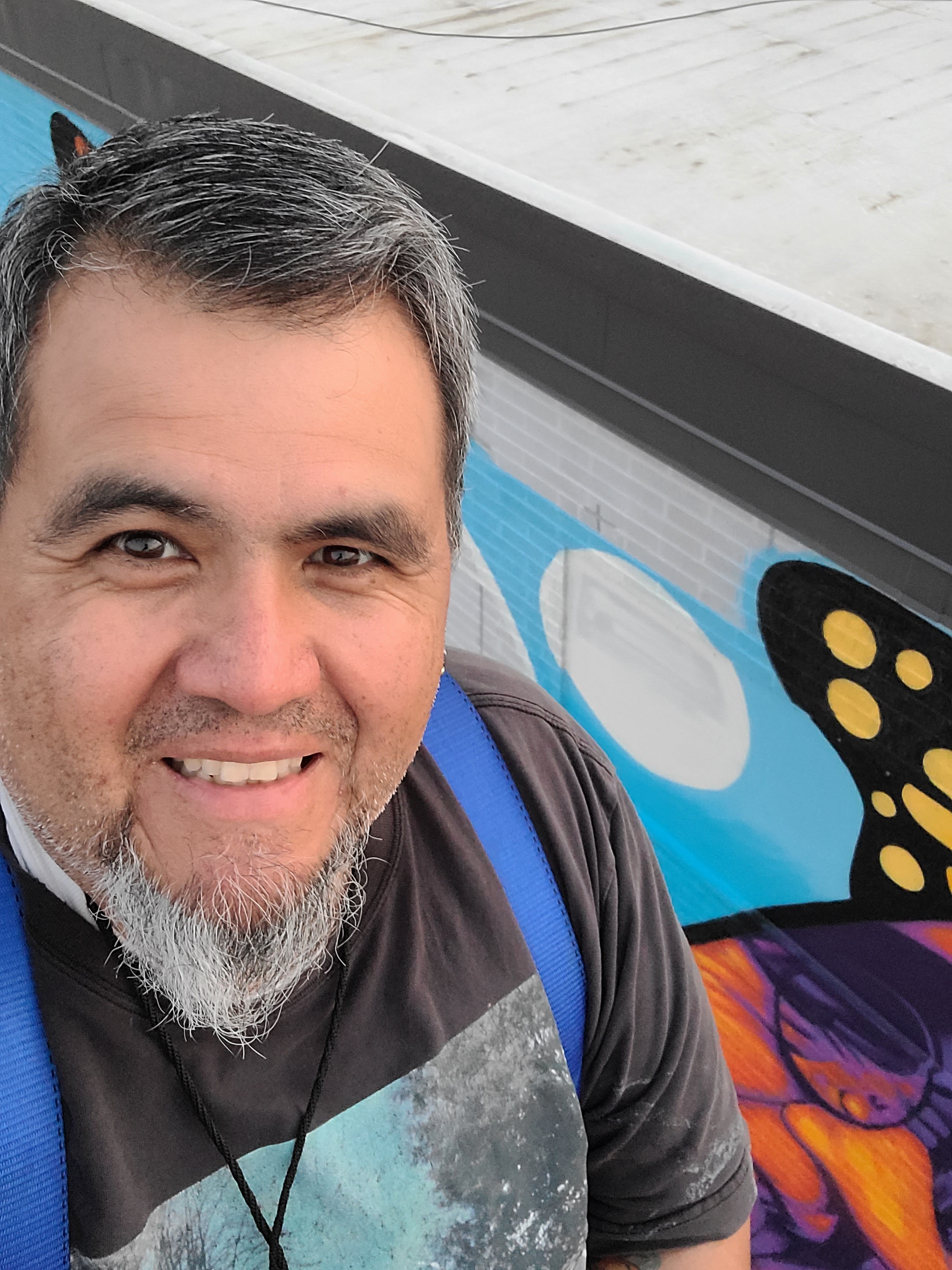An international research collaboration has developed a noninvasive multimodal nanoparticle-based imaging agent that can assess the receptor for advanced glycation end-products (RAGE). More accurate assessment of the receptor, which was recently identified as a key structure involved in diabetic complications, also could help with earlier cancer diagnosis or advanced targeted therapy.
The overexpression and activation by RAGE with its ligands initiate a number of biochemical pathways leading to oxidative stress and inflammation known to contribute to the pathogenesis of several diabetes-related complications, neurodegenerative disorders, as well as numerous cancer types.

“We have determined that many of these complications can be attributed to glycation, the non-enzymatic process which induces chemical changes of the proteins in the body,” said Wawrzyniec “Wawosz” Dobrucki, an assistant professor of bioengineering and of medicine. “These changes can affect the molecular signaling leading to various pathologies.”
The advanced glycation end-products (AGE) generated during the glycation process and their receptor represent a new biomarker of a disease process involving inflammatory pathways, said Dobrucki, who also is the head of the Experimental Molecular Imaging Laboratory at the Beckman Institute and a co-leader of the Multimodal Vascular Imaging Group. Dobrucki and the team observed how AGE activates the receptor (RAGE), causing an overexpression of that receptor.
Details of this discovery appear in the paper, “Multimodal Imaging of the Receptor for Advanced Glycation End-products with Molecularly Targeted Nanoparticles,” which was published in Theranostics. An image featured on the inside front cover of the issue was created by Jose Vazquez, of Beckman’s Visualization Lab.
A major focus of the four-year study was developing and characterizing the imaging tracer—synthesized in the lab—because there was no existing mechanism for imaging advanced glycation end-products and their receptor.
“The idea was if you would like to study, for example, the effect of advanced glycation end-products, and how they contribute to those different diseases,” Dobrucki said, “it would be critical to have available a noninvasive imaging probe that you can potentially translate in the future to patients.”
“We can impart the nanoparticle with different properties,” Dobrucki added. “For example, labels, like isotopes can be used for nuclear imaging (such as positron-emission tomography, PET) and fluorescence for optical imaging. The multimodal aspect means that we can not only use this for in vivo imaging, but we can also assess the advanced glycation end-products and RAGE expression in biopsied tissues.”
The imaging allows for serial noninvasive tracking, as the injected radiotracer binds to the receptor, and then molecular changes over time can be assessed and quantified. And the group already has a method in mind that might link the activity of the radiotracer to the etiological state (the cause or origination).
The next paper—that has already been submitted for publication—shows for the first time the imaging of prostate cancer using the same particle.
“We are not interested in the early diagnosis of cancer, because other people are doing this," Dobrucki said. "We are interested in the moment when cancer becomes more aggressive, when it starts the transition from an indolent to an aggressive disease.
“Of course, because RAGE is involved in so many different diseases, we cannot focus on all of them, we are focusing on cardiovascular pathologies as described in the paper, and cancer.”
According to Dobrucki, there is another important aspect of this work as it relates to the cardiovascular system and cancer—formation of AGEs not only result from diabetes, but people digest them in foods.
The research also will seek to find out, for example, how diet effects the RAGE expression, which may be causing an increased incidence of cancer and atherosclerotic complications.
“That’s the part of the molecular imaging that gives you an advantage,” Dobrucki explained. “You can visualize or assess some biochemical changes which typically precede the clinical manifestation. Before you see disease, using anatomical imaging or functional imaging, you can visualize that something wrong is going on in the organs that can provide you with some indication of the outcome. With this type of molecular imaging, you can predict the future.”
Other Illinois researchers who contributed to the work are: Christian J. Konopka, Beckman graduate research assistant and PI for the paper; Jamila Hedhli, a Beckman–Brown Interdisciplinary Postdoctoral Fellow; Dipanjan Pan, an associate professor of bioengineering; and Iwona T. Dobrucka, senior research scientist and director of the Molecular Imaging Lab in Biomedical Imaging Center. In addition, Aaron Schwartz-Duval, graduate research assistant in bioengineering, Gnanasekar Munirathinam, U of I College of Medicine, Rockford; and several international collaborators from the Biobanking and Biomolecular Resources Research Infrastructure, Gdansk, Poland, and the Medical University of Gdansk, contributed to the research.
This work was supported by the American Heart Association Scientist Development Grant and the Foundation for Polish Science.


